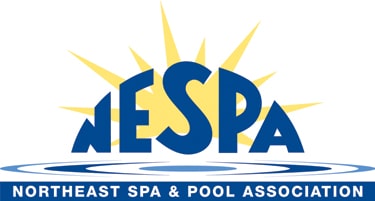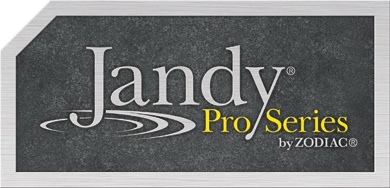Chances are, if your lawn is green, lush and soft enough to picnic on, you’re happy.
But sometimes it’s fun to dive behind the scenes of a healthy lawn. And you never know when you might land a spot on “Jeopardy” and hear yourself saying, “Lawn science for $200, Alex.”
So today we take a look at the best soil pH for lawns and why it matters. Put on your science lab goggles. This will be fun — but there will be a test!
What Is pH?
Your lawn pH is the measure of soil acidity or soil alkalinity. In basic terms, it’s how sweet or sour your lawn is.
A number shows pH on a scale from 0 to 14. A neutral reading is 7. Any reading below 7 represents an acid soil, and the lower the number, the more acidic the soil. Any number above 7 indicates an alkaline condition. The higher the number, the more alkaline your soil.
Why Is It Called pH?
We knew you’d ask. The letters stand for “potential Hydrogen.” The soil analysis will measure the hydrogen ions in the soil at the root zone. The more hydrogen in the soil, the lower the pH number.
What Is The Best Soil pH For Lawns? And Why Should You Care?
The best soil pH for lawns is actually a range between 5 and 7. Why should you care?
The pH of the soil determines what nutrients are available to the lawn. If the soil pH is above or below the recommended range, nutrients may not be absorbed, or too many nutrients may be absorbed.
Fertilize all you want, but if the pH is wrong, some of the nutrients in the fertilizer never make it to your grass. That’s just a waste.
Solving A pH Problem
The good news is you can alter your New York or Connecticut landscape’s soil to create a more balanced pH.
If your soil has too much acid, you can add lime, which reacts with water and releases calcium that neutralizes the acid and raises the pH of the soil.
We’re not talking about the limes that grace your favorite drink — it’s a soil amendment made by grinding limestone, a naturally occurring type of rock that’s high in calcium.
If your soil is too alkaline, you can lower the pH by adding aluminum sulfate, iron sulfate, and powdered sulfur.
Time For The Test! (Not You — The Soil)
The only way to tell if your lawn’s pH is in balance is with a soil test. This is one of those jobs best left to lawn care experts, who can take a soil sample and perform the simple pH test.
Neave Lawn Care’s experts know how to read the results and figure out the best treatment plan to bring your lawn back in balance.
There are tricks to applying these amendments: If not applied correctly, they can burn the grass. And depending on your type of grass, amending the soil should be done at certain times of year.
Let Neave Do The Work
At Neave Lawn Care, we love helping our clients keep their lawns beautiful and healthy. It all starts with a complete lawn analysis of your New York or Connecticut landscape, which allows us to better understand your property’s needs.
The best part about our lawn analysis? It’s free!
The lawn analysis will include analyzing the health and condition of all outdoor plant life on your property, from grass to shrubs to soil and trees.
Once the lawn analysis is done, we’ll sit down with you to discuss what lawn care services you need. Questions? Ask us anything.
If you’re in the Hudson Valley, call us at (845) 463-0592. If you’re in Westchester County, call (914) 271-7996; from Connecticut, dial (203) 212-4800. Or, fill out our simple web form, and we’ll contact you about setting up your free consultation.
Your lawn’s perfect pH — and everything it needs to be healthy and happy — is just a phone call away.






















